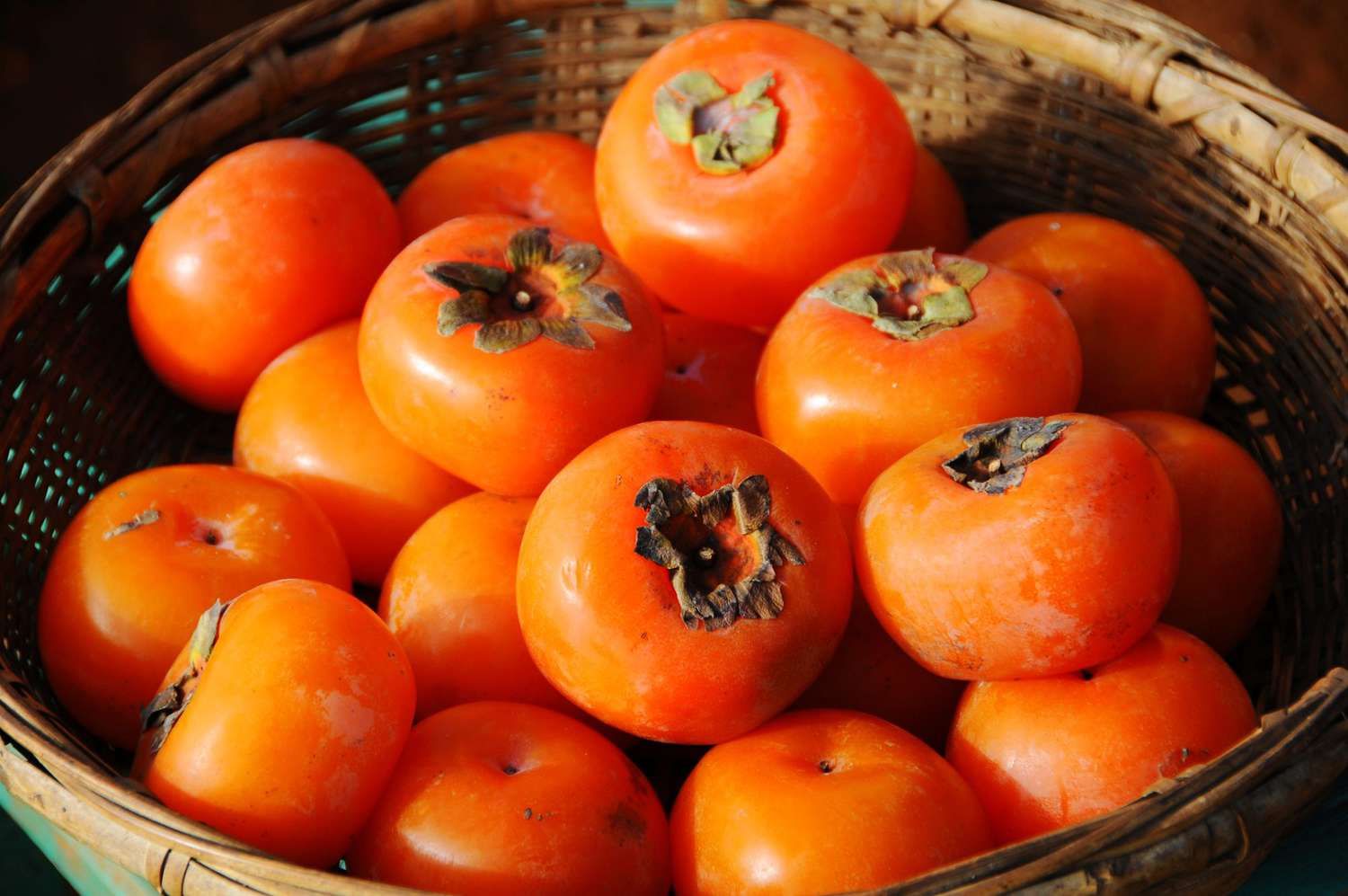

Articles
How To Store Persimmons
Modified: December 7, 2023
Learn how to store persimmons and keep them fresh for longer with these helpful articles.
(Many of the links in this article redirect to a specific reviewed product. Your purchase of these products through affiliate links helps to generate commission for Storables.com, at no extra cost. Learn more)
Introduction
Welcome to the world of persimmons! These vibrant and flavorful fruits are a true delight to the taste buds. Whether you’ve just harvested a bountiful crop from your own persimmon tree or stumbled upon a tempting display at the local grocery store, you may find yourself wondering how to store persimmons to keep them fresh and delicious for as long as possible.
Persimmons are a unique fruit with a rich history and a multitude of varieties. They come in two main types: astringent and non-astringent. Astringent persimmons, such as the Hachiya variety, are typically enjoyed when fully ripe and soft. Non-astringent persimmons, such as the Fuyu variety, can be enjoyed while still firm.
To enjoy the full flavor and nutritional benefits of persimmons, proper storage is key. In this article, we will explore different methods for storing persimmons and provide you with tips to ensure that your persimmons stay fresh and tasty for as long as possible.
Key Takeaways:
- Choose ripe, firm persimmons and store at room temperature until fully ripe. Then, transfer to a cool, dry place to enjoy their vibrant flavor and sweetness.
- Extend the shelf life of persimmons by refrigerating or freezing them, or try preservation methods like drying or making jams and preserves for year-round enjoyment.
Read more: How To Store Dried Persimmons
Choosing and Selecting Persimmons
When it comes to storing persimmons, selecting the right ones in the first place is crucial. Here are some tips to help you choose the best persimmons for storage:
- Look for ripe but firm persimmons: When selecting persimmons, choose fruits that are fully ripe but still firm to the touch. This is especially important for astringent persimmons, as they can become mushy if overripe.
- Check for blemishes or bruises: Inspect the persimmons for any signs of blemishes or bruises. Avoid fruits with cuts or soft spots, as they may spoil quickly.
- Consider the variety: Different persimmon varieties have different levels of sweetness and texture. Choose a variety that suits your taste preferences and the specific recipe you have in mind.
- Opt for fresh, seasonal persimmons: Persimmons are at their best when they are in season. Look for locally grown persimmons or those that have been freshly harvested.
By selecting high-quality persimmons, you are setting the stage for successful storage and enjoyable consumption.
Storing Persimmons at Room Temperature
One of the simplest ways to store persimmons is by keeping them at room temperature. Follow these guidelines to ensure optimal storage:
- Leave them at room temperature until ripe: If your persimmons are not yet ripe, place them in a single layer on a countertop or in a fruit bowl and let them ripen naturally. Astringent varieties may take longer to ripen, while non-astringent varieties will ripen faster.
- Avoid direct sunlight and heat: Keep the persimmons away from direct sunlight or heat sources, as this can speed up the ripening process and cause them to overripen or spoil.
- Check regularly for ripeness: Gently press the top of the persimmon with your thumb. If it gives slightly and feels soft, it is likely ripe and ready to be consumed. Astringent persimmons should be very soft before eating, while non-astringent ones can be enjoyed when still firm.
- Store in a cool, dry place: Once the persimmons are ripe, you can slow down the ripening process by storing them in a cool, dry place. A pantry or a cupboard away from other fruits and vegetables is ideal.
- Consume within a few days: While persimmons can last for several days at room temperature, it’s best to consume them within a few days to enjoy their peak flavor and texture.
Storing persimmons at room temperature is a convenient option that allows the fruits to fully ripen and develop their unique flavors.
Refrigerating Persimmons
If you want to extend the shelf life of your persimmons, refrigeration is a great option. Here’s how to properly store persimmons in the refrigerator:
- Wait until fully ripe: Before refrigerating persimmons, make sure they are fully ripe. This will ensure that the fruits are at their peak flavor and texture.
- Place them in a produce drawer: Store the persimmons in a produce drawer or a separate compartment in the refrigerator. This will protect them from direct airflow and prevent them from getting too cold.
- Wrap in a paper towel: To prevent moisture buildup and maintain the persimmons’ freshness, gently wrap each fruit in a paper towel before placing it in the refrigerator.
- Keep away from strong-smelling foods: Persimmons can absorb odors easily, so it’s important to keep them away from strong-smelling foods like onions or garlic to avoid any unwanted flavors.
- Consume within a week: When stored properly in the refrigerator, persimmons can last for up to a week. However, it’s best to consume them sooner rather than later for the best taste.
Refrigerating persimmons is an excellent option if you want to enjoy them beyond a few days and slow down the ripening process.
Store persimmons at room temperature until they are fully ripe, then refrigerate to extend their shelf life. Keep them in a single layer to prevent bruising and store away from strong-smelling foods.
Freezing Persimmons
If you have an abundance of persimmons and want to preserve them for longer-term storage, freezing is a fantastic option. Follow these steps to freeze persimmons:
- Choose ripe persimmons: Select fully ripe persimmons for freezing. This ensures that they are at their peak flavor and sweetness.
- Wash and peel: Rinse the persimmons under running water and gently pat them dry. Peel off the skin, as it can become tough and unpleasant after freezing.
- Slice or puree: Cut the persimmons into slices or puree them, depending on your preference and how you plan to use them in the future. Sliced persimmons are great for adding to salads or desserts, while pureed persimmons work well in smoothies or as a base for sauces.
- Flash freeze: Arrange the persimmon slices or puree on a baking sheet lined with parchment paper, making sure they are not touching each other. Place the baking sheet in the freezer and let the persimmons freeze for a couple of hours until firm.
- Transfer to a freezer-safe bag or container: Once the persimmons are fully frozen, transfer them to a freezer-safe bag or container. Label and date the bag or container for easy identification.
- Store in the freezer: Place the persimmons in the freezer and make sure they are stored in a stable position. They can be kept frozen for up to 6 months.
By freezing persimmons, you can enjoy their delicious flavor and texture even during seasons when they are not readily available.
Read more: How To Store Fuyu Persimmons
Preserving Persimmons
If you’re looking for alternative ways to store persimmons and enjoy them all year round, preservation methods can come to the rescue. Here are a couple of ways to preserve persimmons:
- Drying: Drying persimmons is a popular method of preservation that concentrates their flavor and extends their shelf life. To dry persimmons, start by slicing them into thin rounds or wedges. Arrange the slices on a drying rack or baking sheet and place them in direct sunlight or use a food dehydrator. Allow them to dry until they become chewy and leathery. Store the dried persimmons in an airtight container in a cool, dry place for several months.
- Persimmon jam or preserves: Another great way to preserve persimmons is by making jam or preserves. Start by peeling and removing the seeds from the persimmons. Puree the flesh in a blender or food processor. Transfer the pureed persimmons to a saucepan and cook over low heat, stirring frequently, until thickened. Add sugar, lemon juice, and any desired spices for added flavor. Simmer the mixture until it reaches a jam-like consistency. Pour the jam into sterilized jars, seal tightly, and store in a cool, dark place.
Preserving persimmons allows you to enjoy their unique taste and nutritional benefits long after the harvest season is over.
Tips for Storing Persimmons
Here are some additional tips to keep in mind when storing persimmons:
- Handle with care: Persimmons are delicate fruits, so handle them with care to avoid bruising or damaging the skin.
- Separate astringent and non-astringent varieties: If you have both astringent and non-astringent persimmons, store them separately. Astringent persimmons release ethylene gas, which can cause non-astringent ones to ripen too quickly.
- Store in a single layer: Whether at room temperature, in the refrigerator, or in the freezer, store persimmons in a single layer to prevent them from getting squished or crushed.
- Avoid storing near ethylene-producing fruits: Ethylene-producing fruits, such as bananas and apples, can speed up the ripening process of persimmons. Keep them separate to maintain optimal freshness.
- Check for spoilage regularly: During storage, check your persimmons regularly for any signs of spoilage, such as mold or rot. Remove any damaged fruit to prevent it from affecting the others.
- Consider canning or preserving: If you have a surplus of ripe persimmons, consider canning or preserving them in different forms, such as jam or chutney, for long-term storage.
By following these tips, you can maximize the shelf life of your persimmons and ensure that they stay fresh and delicious for as long as possible.
Conclusion
Persimmons are a delightful fruit with a unique flavor that can be enjoyed in various ways. Properly storing persimmons is essential to maintain their freshness and taste for as long as possible. Whether you choose to store them at room temperature, in the refrigerator, or by using preservation methods, these tips will help you make the most of your persimmons:
– Choose ripe persimmons for storage, paying attention to their texture and appearance.
– Store persimmons at room temperature until fully ripe, then transfer to a cool, dry place.
– Refrigerate persimmons to extend their shelf life, keeping them in a separate compartment away from strong-smelling foods.
– Freeze persimmons for long-term storage by slicing or pureeing them and placing them in freezer-safe bags or containers.
– Consider preservation methods like drying or making jams and preserves to enjoy persimmons all year round.
– Handle persimmons with care to prevent bruising or damage.
– Regularly check persimmons during storage for any signs of spoilage and remove any affected fruit.
With these tips in mind, you can savor the delightful taste of persimmons even beyond their harvest season. Whether you enjoy them fresh, cooked, or preserved, persimmons are a delicious and nutritious treat that can elevate your culinary creations. So go ahead, stock up on persimmons and store them properly to enjoy their vibrant flavor and sweetness whenever you desire.
Frequently Asked Questions about How To Store Persimmons
Was this page helpful?
At Storables.com, we guarantee accurate and reliable information. Our content, validated by Expert Board Contributors, is crafted following stringent Editorial Policies. We're committed to providing you with well-researched, expert-backed insights for all your informational needs.

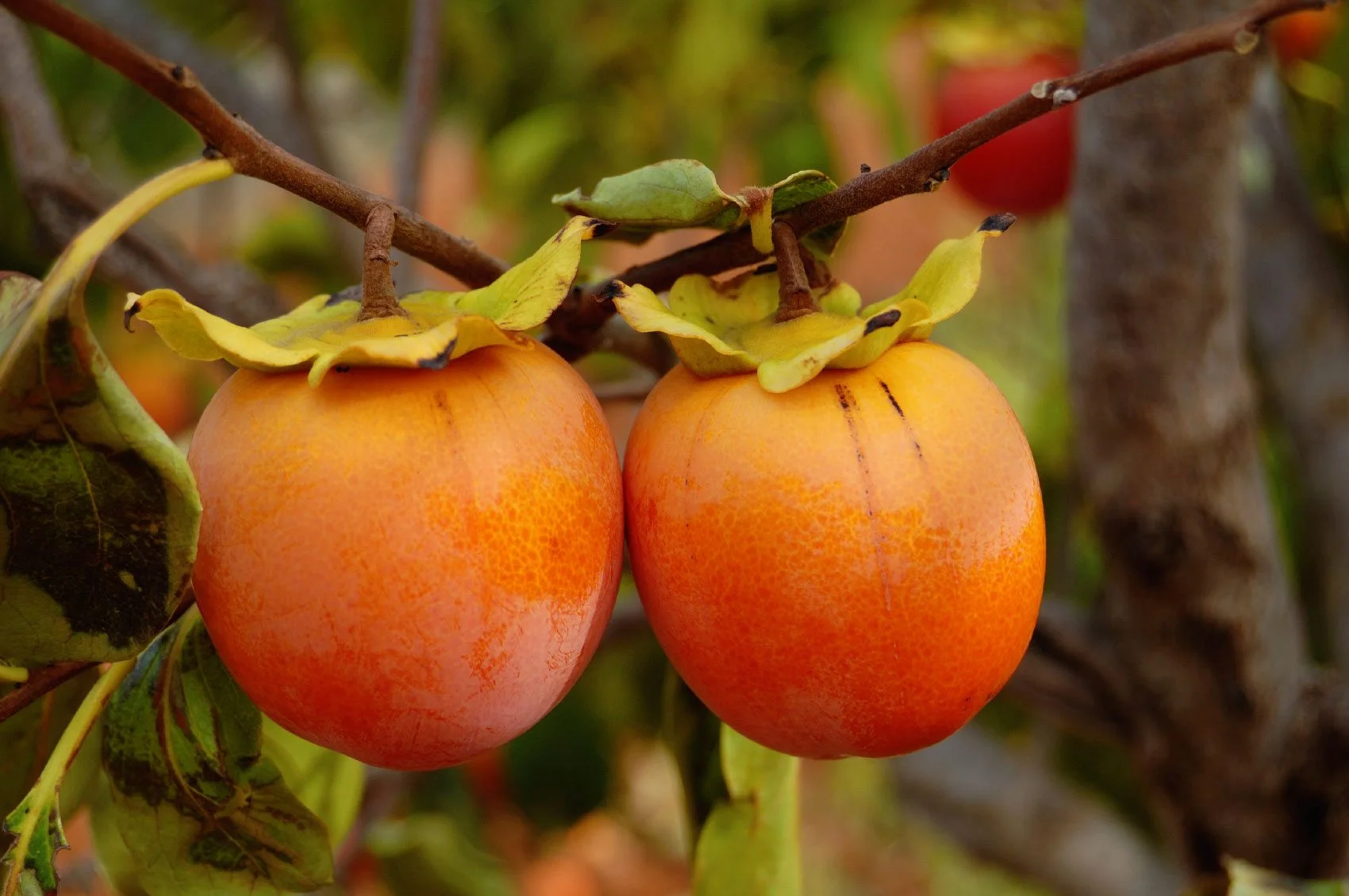
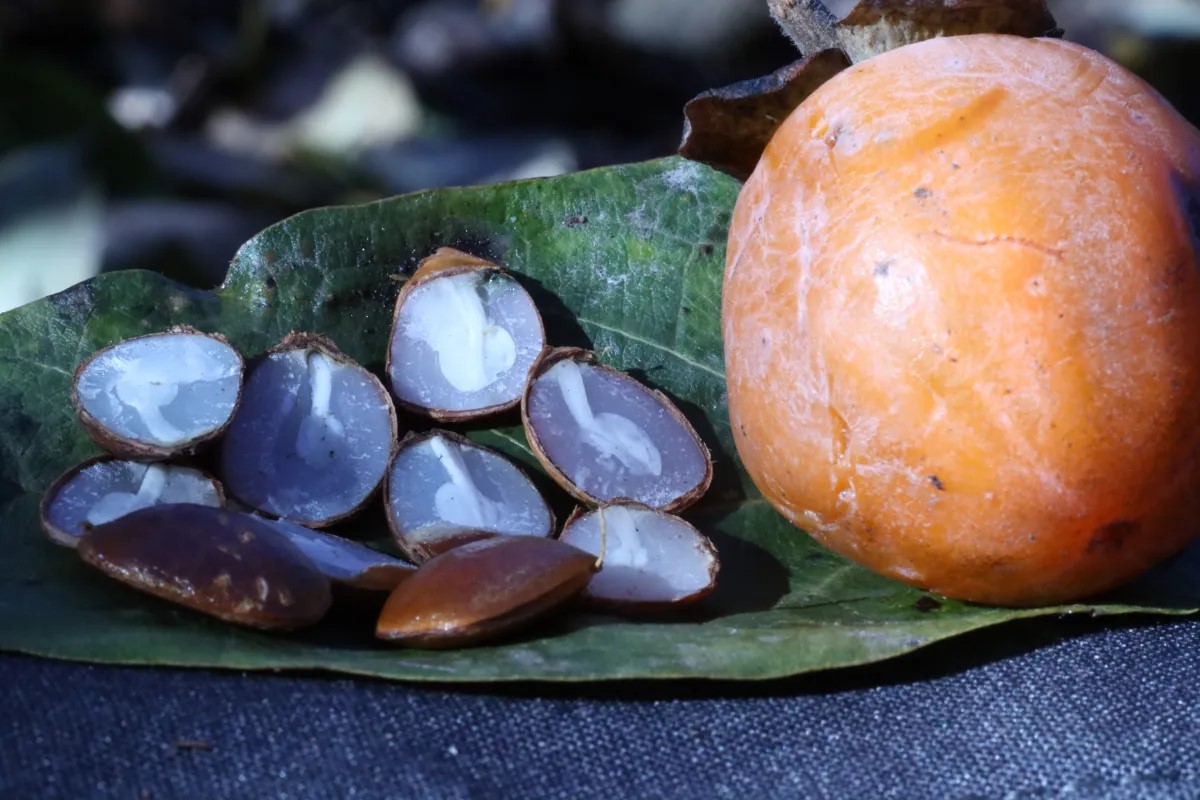
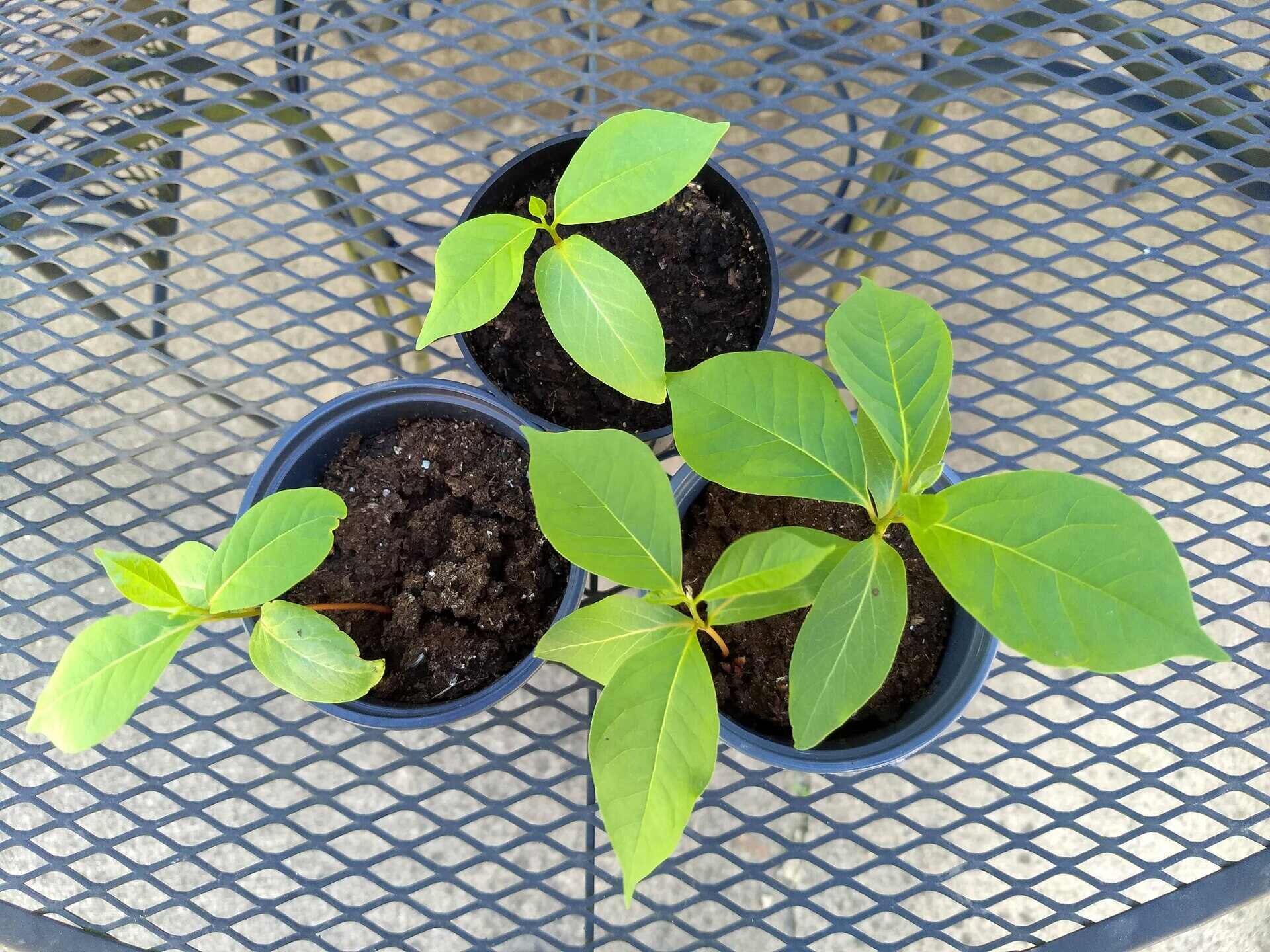
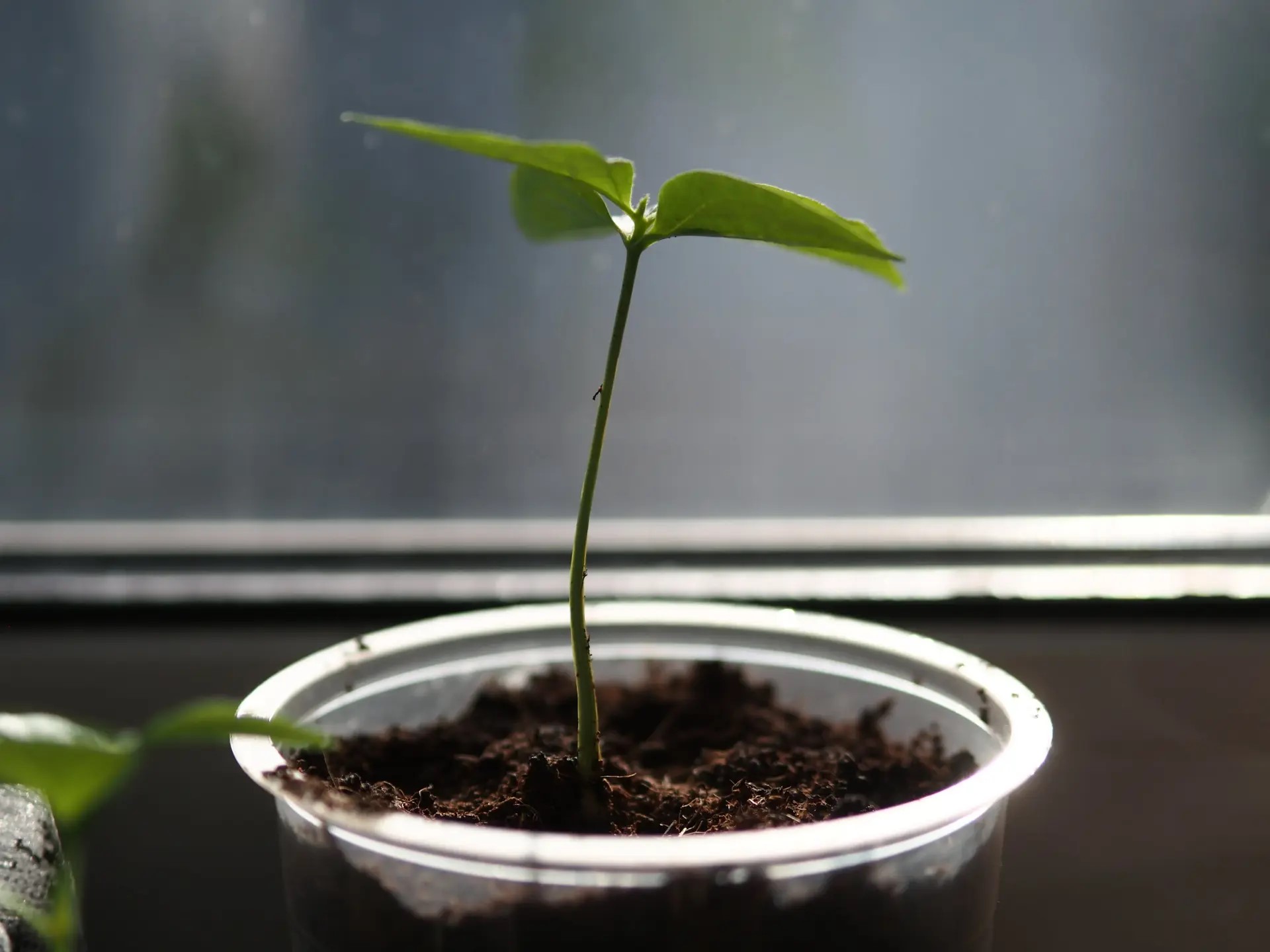

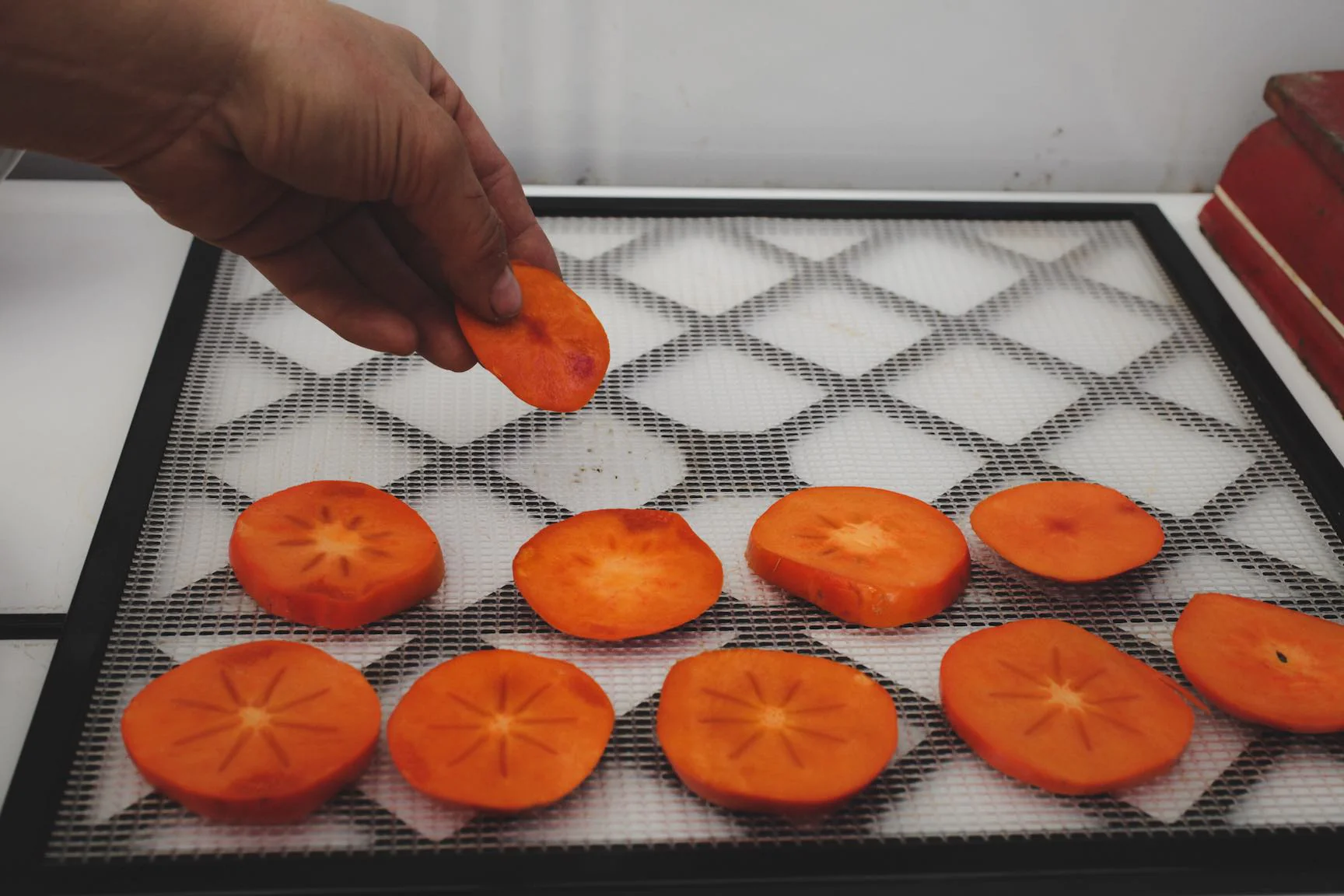
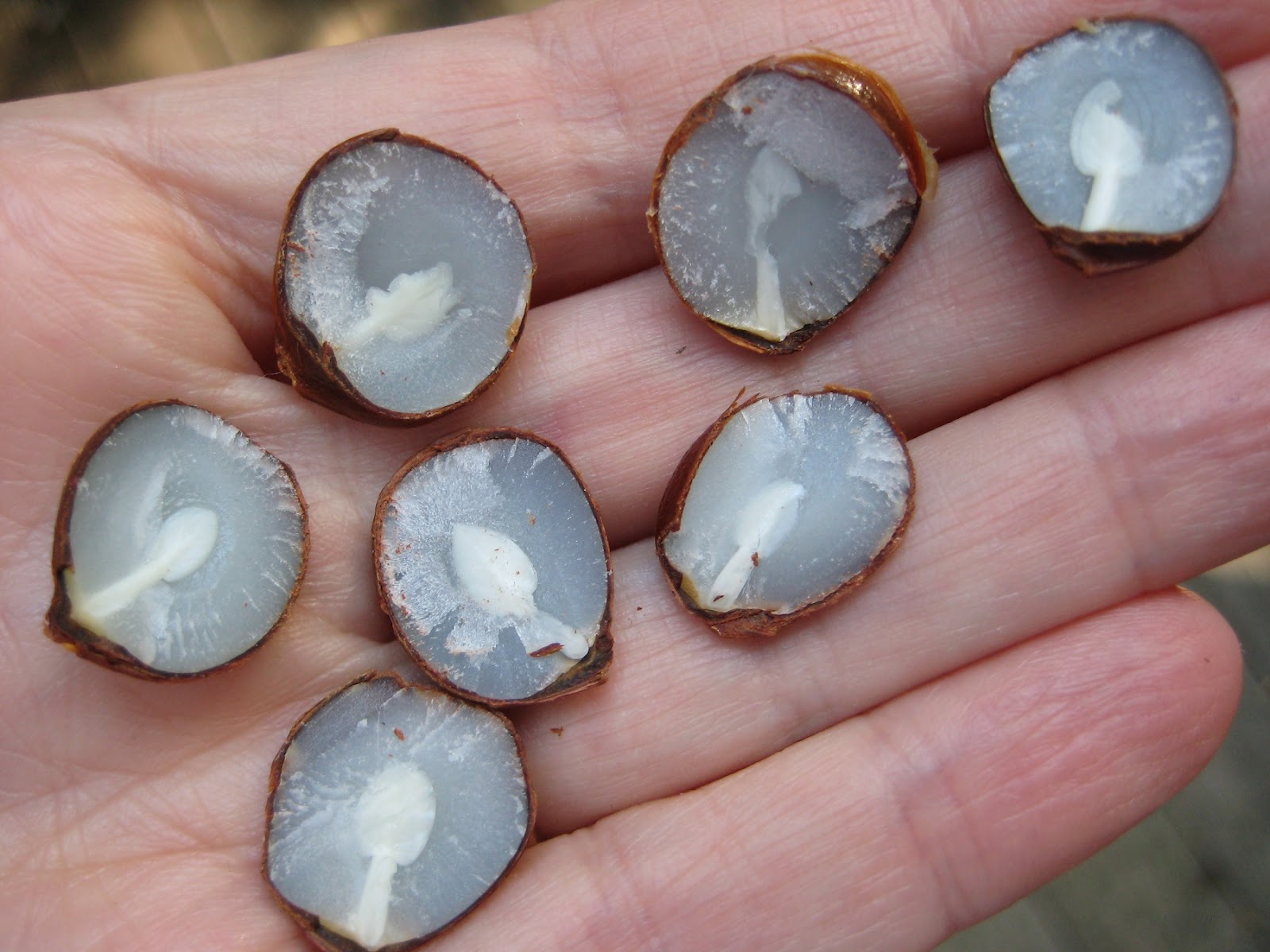
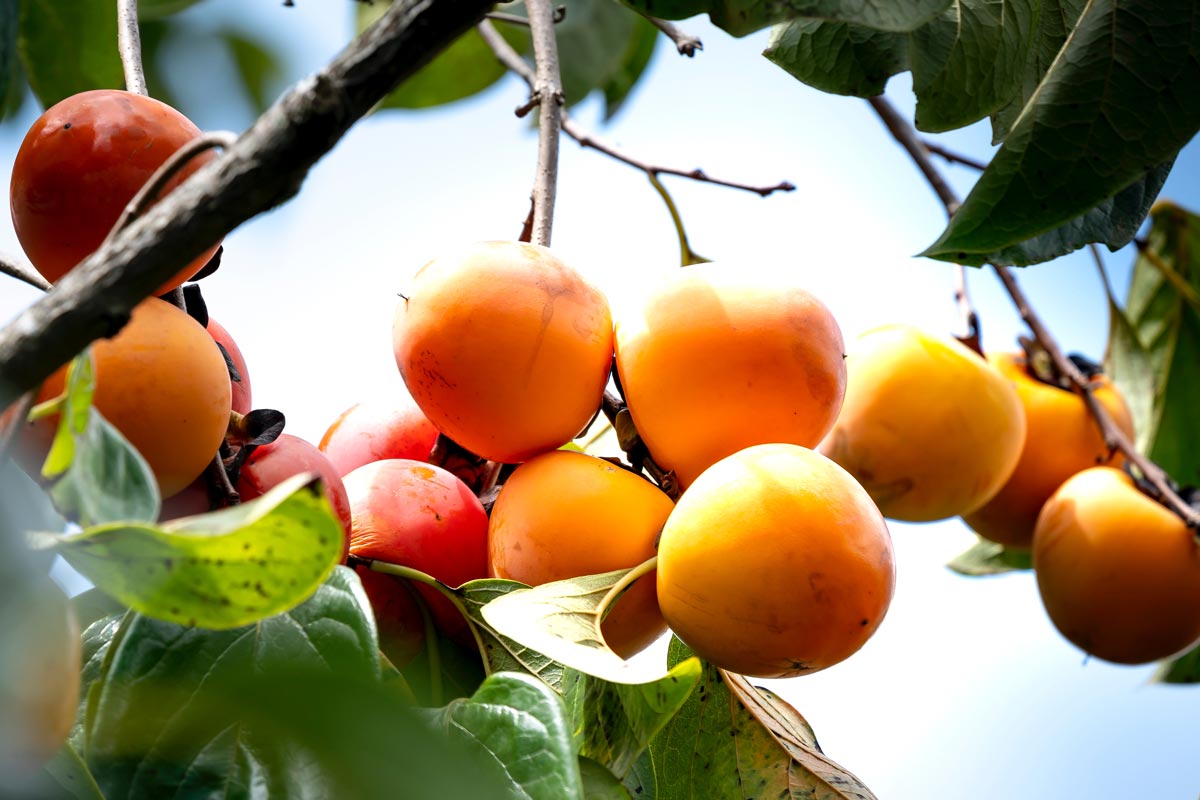
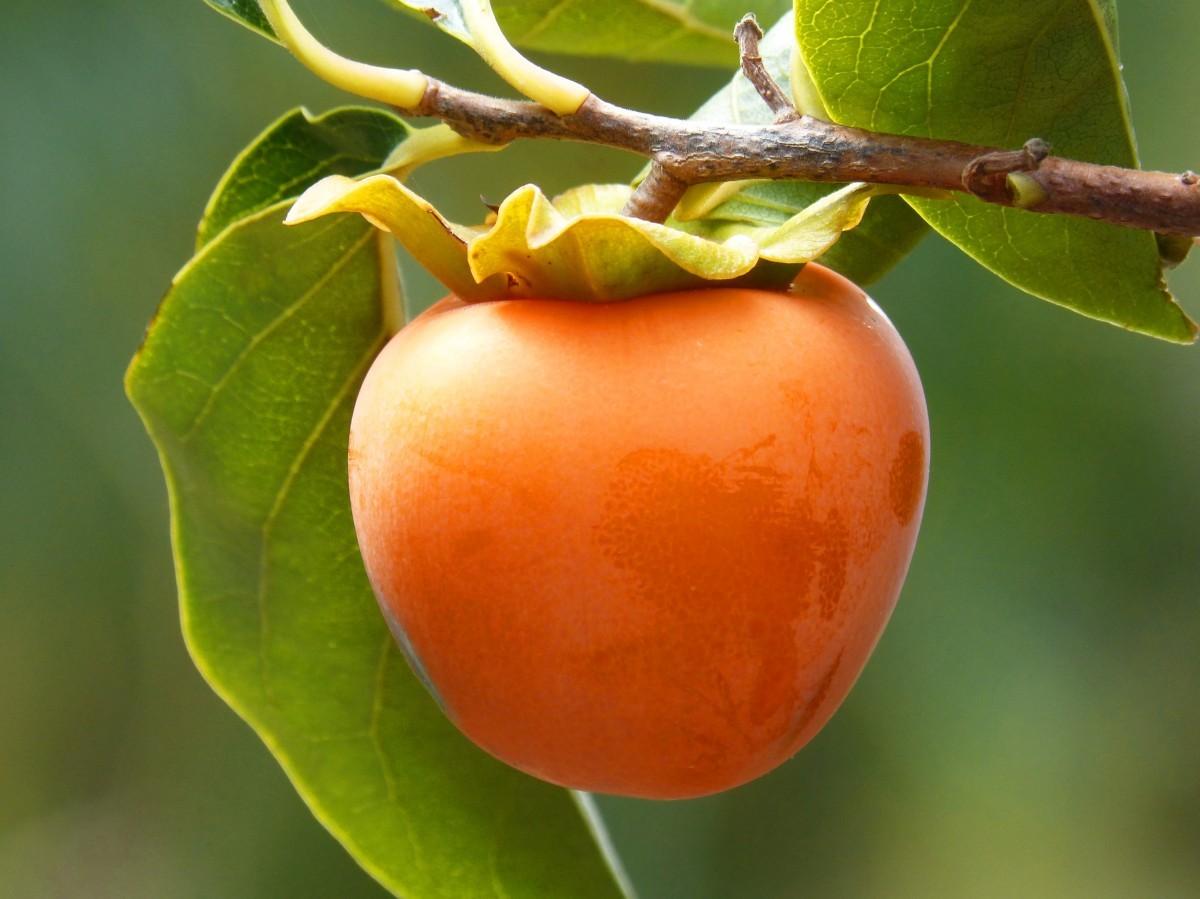





0 thoughts on “How To Store Persimmons”